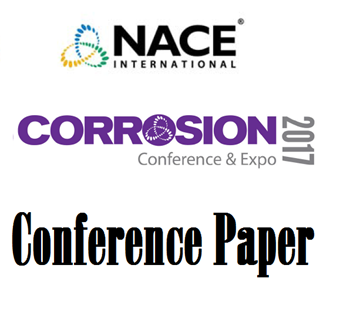Search
07424 Precipitation and Its Effect on the Design of Cast Heat Resistant Alloys
Also Purchased
07425 Development of an Atlas of Microstructures for the Latest Heat-Resistant Cast Alloys
Product Number:
51300-07425-SG
ISBN:
07425 2007 CP
Publication Date:
2007
$20.00
07427 Current Issues in Optimizing the Useful Life of Reformer Tubes
Product Number:
51300-07427-SG
ISBN:
07427 2007 CP
Publication Date:
2007
$20.00
Review on the Heat-Resistant Stainless Steel Alloys Used for the Steam Methane Reformer Outlet Systems
Product Number:
51317--9351-SG
ISBN:
9351 2017 CP
Publication Date:
2017
$20.00




